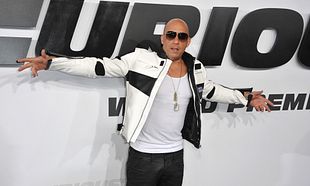Klein’s masterwork evolved from his 1964-5 documentary Float Like a Butterfly, Sting Like a Bee; a portrait of the young boxer Cassius Clay during his two fights with Sonny Liston. Ten years later and shot in colour, Muhammad Ali, the Greatest concludes with the legendary ‘Rumble in the Jungle’. Klein guides the camera lens through cultural and political moments that comment not only on the iconic personality of Ali, but on what that personality meant as a symbol of African American resistance in White America. The anarchic and inflammatory persona of the champ is manifested in a drama class in Harlem where the students are producing improvisations about Ali (then Cassius Clay) and in an interview with his mentor Malcolm X, filmed shortly before his assassination. The film is not merely a representation of one of the most important sports figures of the 20th century, but an entire sociopolitical landscape reflected by and mediated through the film’s auteur.
James Armstrong
Lecturer in Visual Culture, NCAD








































































